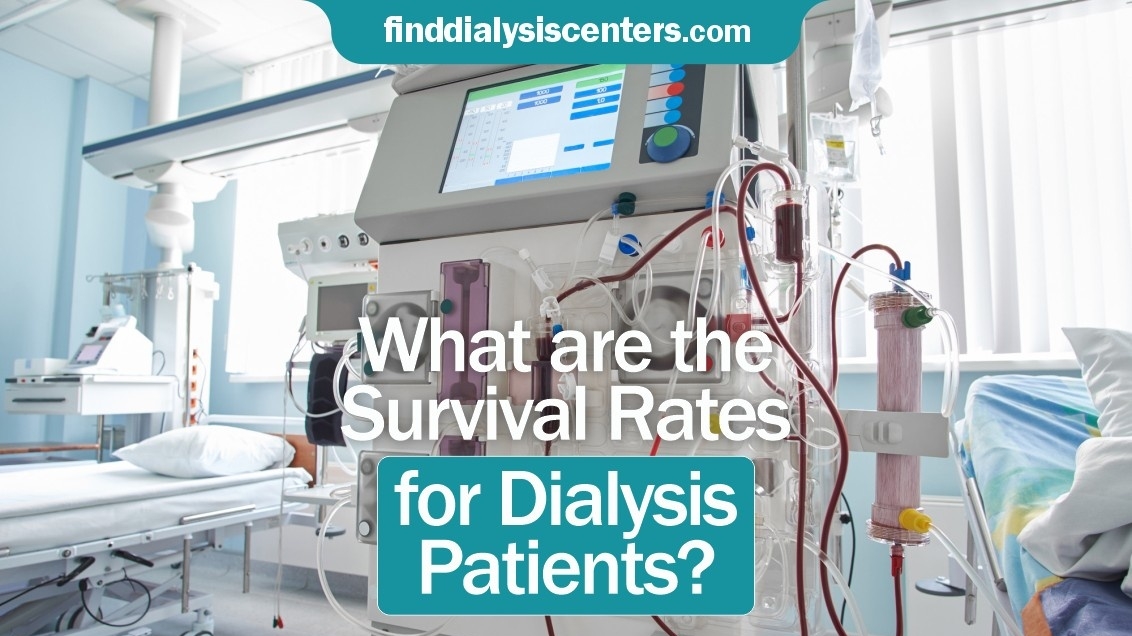Compare Dialysis Centers in California - Ratings, Reviews & Quality Care
Explore and compare dialysis centers in California to find the best care for your kidney health needs. Check ratings, reviews, and detailed information on each center to help you choose the right option. Find centers that offer quality dialysis services designed for your comfort and health.
What are the Survival Rates for Dialysis Patients?
Survival Rates for Patients on Dialysis
The survival rate among patients receiving dialysis is much lower in comparison to the general population. The adjusted 3-year survival rate is 57% in Hemodialysis (HD) and 68% in peritoneal dialysis (PD). Survival at 5 years is 42% in HD and 52% in PD. In contrast, the survival with a deceased donor kidney transplant for 3 years is 85% while overall survival in the population matched for age and sex ranges from 92% to 94%. Survival factors include patient demographics, duration of time since initiation of dialysis and burden of cardiovascular disease. General mortality for patients who are undergoing dialysis is 10-20 times the mortality rate of the general populace, and the highest risk occurs in the first three months of therapy.
Complications from Dialysis
Major complications for patients requiring dialysis include cardiovascular disease, infection, fluid overload, hypertension, anemia, bone disease, and access site-related complications. Such complications result from the failure of the kidneys as well as from the process of dialysis and significantly add to negative effects on the health and quality of life for those patients.
Patient Requirements for a Kidney Transplant
Patients wanting to undergo a kidney transplant must be assessed and qualified properly.
This stage reviews the overall health of the recipient and assesses the presence of diseases that will affect the transplantation outcome, and the patient is assessed to ensure it is possible to tolerate the surgery and the post-operative care. The major considerations encompass the recipient's heart health, lack of active infections or cancer, and a stable mental state. The recipients must also commit to medication and periodic medical check-ups for life in order to ensure a successful transplant and good health long-term.
Find Dialysis Centers enables patients to connect with the country's best and most reliable dialysis service providers. The portal avails the patients with reliable dialysis centers that provide them with treatment required such as hemodialysis and peritoneal dialysis. A center that provides dialysis service is a lifeline since it makes sure to remove many wastes as well as excess fluid from the patient's blood to maintain proper health.
Whether you appreciate the convenience of center-based hemodialysis or prefer the freedom of a program at home with peritoneal dialysis, our Resource Guide links you directly to accredited dialysis centers near you. For all reviews from top-rated facilities in Texas, California, Florida, and more, you may visit Find Dialysis Centers.


